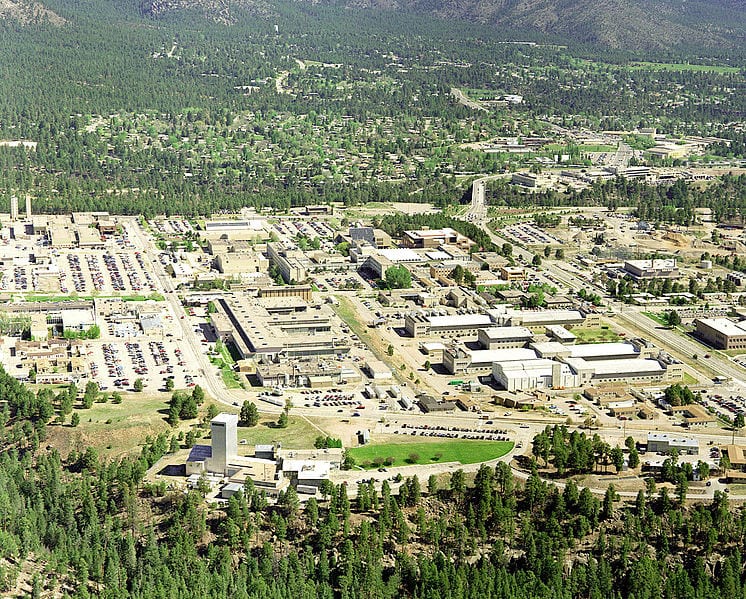
Sam LeFevre kindly brought the following interview with Francis Collins M.D., Ph.D., to my attention:
***
I recently read an interesting article by two physicists at the Los Alamos National Laboratory in New Mexico: William Charles Louis and Richard G. Van de Water, “The Darkest Particles: An experiment aims to find a new type of neutrino that could be a key to the universe’s dark sector,” Scientific American (July 2020): 46-53. (Unhelpfully but rather typically for Scientific American, the article’s online title is different from that in the print edition: “Hidden Neutrino Particles May Be a Link to the Dark Sector: An experiment aims to find a rumored new type of neutrino that could be a portal to the universe’s dark matter.”)
Neutrinos are typically thought (by the very few who ever think about them!) to come in three types or flavors: There are electron neutrinos, muon neutrinos, and tau neutrinos, and they have conventionally been thought to be “massless,” to weigh nothing and to travel at nearly the speed of light.
Here are a trio of passages from Drs. Louis and Van de Water that caught my irrational science-hating and science-fearing but notoriously junk-science-loving attention. They are at the forefront of attempts to confirm (or to disprove) the existence of a fourth flavor of neutrino:
We now think there is more than a 99.999999 percent chance that something is going on beyond the scope of known physics, and sterile neutrinos are a strong contender. The idea that our experiments might be detecting a fourth neutrino remains controversial, however, because the Standard Model of particle physics is one of the most tested and thoroughly confirmed theoretical frameworks in history—and it allows for only three neutrinos. Nevertheless, we know the Standard Model is not complete, because it cannot explain dark matter or dark energy, the invisible stuff that seems to dominate the cosmos. And a new neutrino flavor might just be a link to that hidden realm.
All neutrinos are ghostly. Trillions of them fly through you every second at nearly the speed of light. Yet a sterile neutrino would be the ghostliest of them all. Because it does not experience the strong, weak and electromagnetic forces through which other particles interact, it would be essentially undetectable. This quality would render it part of the invisible realm physicists call the dark sector, which includes the dark energy and dark matter that make up 95 percent of the energy density of the universe. Sterile neutrinos may be able to interact with dark matter through new forces of nature. They might even be dark matter: some hypotheses suggest that sterile neutrinos make up some or even most of the invisible matter in the cosmos. (48-49)
What scientists eventually figured out is that a neutrino is not a pure object. Rather every neutrino consists of a mix of all neutrino types and can oscillate through the various flavors as it travels. This discovery was surprising for a variety of reasons. For starters, the fact that neutrinos can change their flavor means they cannot be massless particles traveling at light speed, as the Standard Model predicted. (49)
Experimentalists who offer results at odds with the Standard Model are appropriately deemed guilty until proven innocent because historically scientists who have challenged the Standard Model have been wrong. Nevertheless, it is certain that the Standard Model is not the entire story. Neutrino oscillations alone are proof of that fact. (53)












